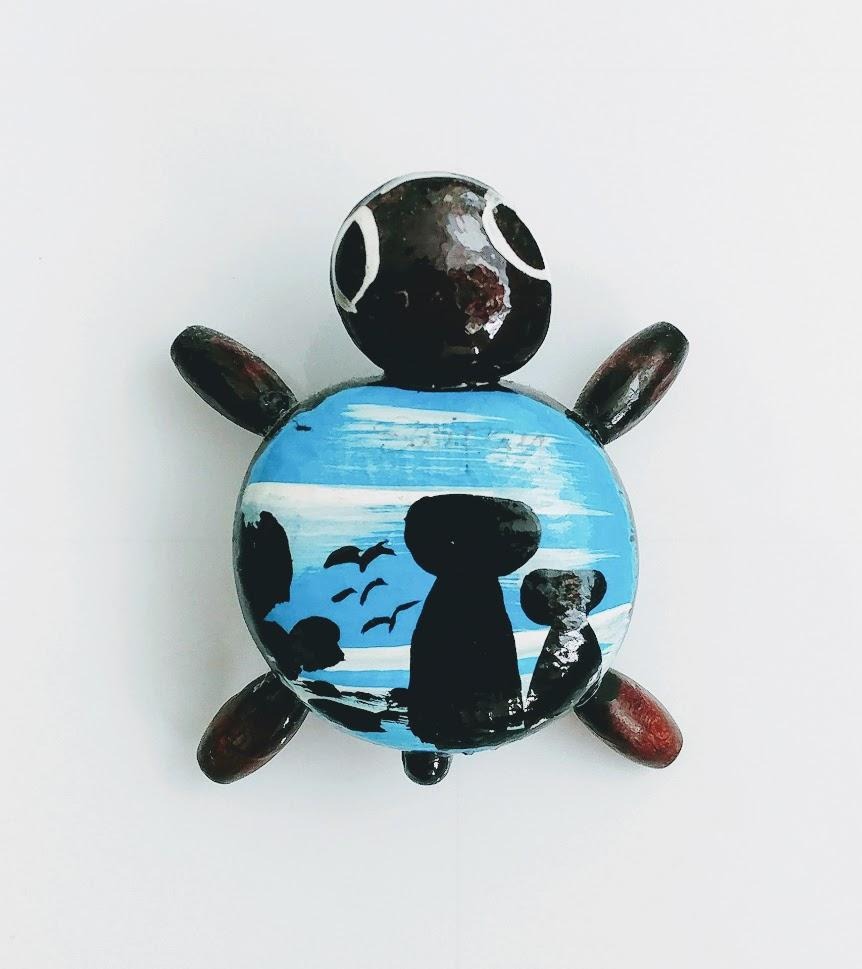

multiclass classification 클래스별로 ROC curve 그리기Deep Learning & Machine Learning/강좌&예제 코드2022. 3. 14. 07:49
Table of Contents
반응형
multiclass classification에서 클래스별로 ROC curve를 그리는 예제 코드입니다.
2022. 3. 14 최초작성
| # https://stackoverflow.com/questions/45332410/roc-for-multiclass-classification # https://moons08.github.io/datascience/classification_score_roc_auc/ from sklearn.datasets import load_iris from sklearn.metrics import accuracy_score, auc, roc_auc_score, roc_curve from sklearn.preprocessing import label_binarize from sklearn.model_selection import train_test_split from sklearn.tree import DecisionTreeClassifier import matplotlib.pyplot as plt import pandas as pd iris = load_iris() iris_data = iris.data iris_label = iris.target # print(iris_data.shape) # print(iris_label.shape) # (150, 4) # (150,) iris_df = pd.DataFrame(data = iris_data, columns = iris.feature_names) # print(iris_df.head()) # sepal length (cm) sepal width (cm) petal length (cm) petal width (cm) # 0 5.1 3.5 1.4 0.2 # 1 4.9 3.0 1.4 0.2 # 2 4.7 3.2 1.3 0.2 # 3 4.6 3.1 1.5 0.2 # 4 5.0 3.6 1.4 0.2 # label 컬럼 추가 iris_df['label'] = iris.target # print(iris_df.head()) # sepal length (cm) sepal width (cm) petal length (cm) petal width (cm) label # 0 5.1 3.5 1.4 0.2 0 # 1 4.9 3.0 1.4 0.2 0 # 2 4.7 3.2 1.3 0.2 0 # 3 4.6 3.1 1.5 0.2 0 # 4 5.0 3.6 1.4 0.2 0 # train 데이터 세트와 test 데이터 세트로 분리. 비율은 8 : 2 X_train, X_test, y_train, y_test = train_test_split(iris_data, iris_label, test_size=0.2, random_state=7) # print(X_train.shape, y_train.shape) # print(X_test.shape, y_test.shape) # (120, 4) (120,) # (30, 4) (30,) # 결정 트리 모델 분류 학습 decision_tree = DecisionTreeClassifier(random_state=32) decision_tree.fit(X_train, y_train) # 추론 y_pred = decision_tree.predict(X_test) # 정확도 accuracy = accuracy_score(y_test, y_pred) print('정확도 {:.4f}'.format(accuracy)) # 정확도 0.9000 # print(y_test.shape, y_pred.shape) # (30,) (30,) # print('y_test[:10]', y_test[:10]) # y_test[:10] [2 1 0 1 2 0 1 1 0 1] # label_binarize를 사용하여 클래스별로 이진화를 합니다. # 클래스별로 배열을 따로 만들어서 해당 클래스의 값이면 1, 아니면 0으로 표시합니다. # label_binarize 전후의 배열값 변화를 확인해보세요 labels = [0, 1, 2] y_test = label_binarize(y_test, classes=labels) y_pred = label_binarize(y_pred, classes=labels) # print(y_test.shape, y_pred.shape) # (30, 3) (30, 3) # print('y_test[:10, 0]', y_test[:10, 0]) # print('y_test[:10, 1]', y_test[:10, 1]) # print('y_test[:10, 2]', y_test[:10, 2]) # y_test[:10, 0] [0 0 1 0 0 1 0 0 1 0] # y_test[:10, 1] [0 1 0 1 0 0 1 1 0 1] # y_test[:10, 2] [1 0 0 0 1 0 0 0 0 0] # 클래스별로 ROC curve를 그립니다. n_classes = 3 fpr = dict() tpr = dict() roc_auc = dict() for i in range(n_classes): fpr[i], tpr[i], _ = roc_curve(y_test[:, i], y_pred[:, i]) roc_auc[i] = auc(fpr[i], tpr[i]) # Plot of a ROC curve for a specific class plt.figure(figsize=(15, 5)) for idx, i in enumerate(range(n_classes)): plt.subplot(131+idx) plt.plot(fpr[i], tpr[i], label='ROC curve (area = %0.2f)' % roc_auc[i]) plt.plot([0, 1], [0, 1], 'k--') plt.xlim([0.0, 1.0]) plt.ylim([0.0, 1.05]) plt.xlabel('False Positive Rate') plt.ylabel('True Positive Rate') plt.title('Class %0.0f' % idx) plt.legend(loc="lower right") plt.show() print("roc_auc_score: ", roc_auc_score(y_test, y_pred, multi_class='raise')) # roc_auc_score: 0.9302675881623251 |

반응형
'Deep Learning & Machine Learning > 강좌&예제 코드' 카테고리의 다른 글
| Matplotlib로 정규 분포 그려보기 (0) | 2023.10.09 |
|---|---|
| faiss 사용법 및 예제 코드 (0) | 2023.10.07 |
| 다중 클래스의 혼동행렬(confusion matrix) 구하기 - multilabel_confusion_matrix (0) | 2022.03.12 |
| SPARK를 사용하여 대용량 데이터셋의 평균과 표준편차 구하기 (0) | 2021.12.12 |
| tensorflow dataset에서 batch 단위로 window 적용하기 (0) | 2021.12.11 |



